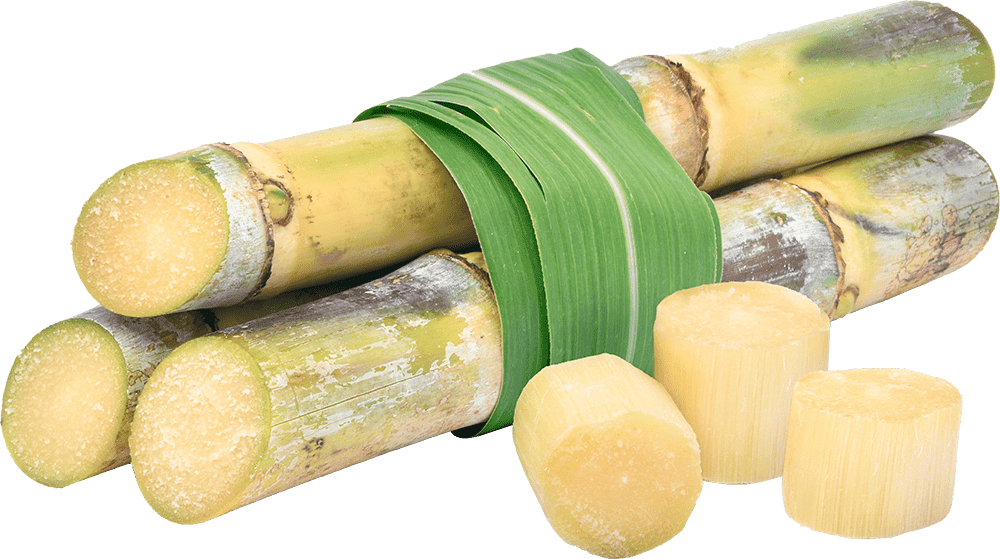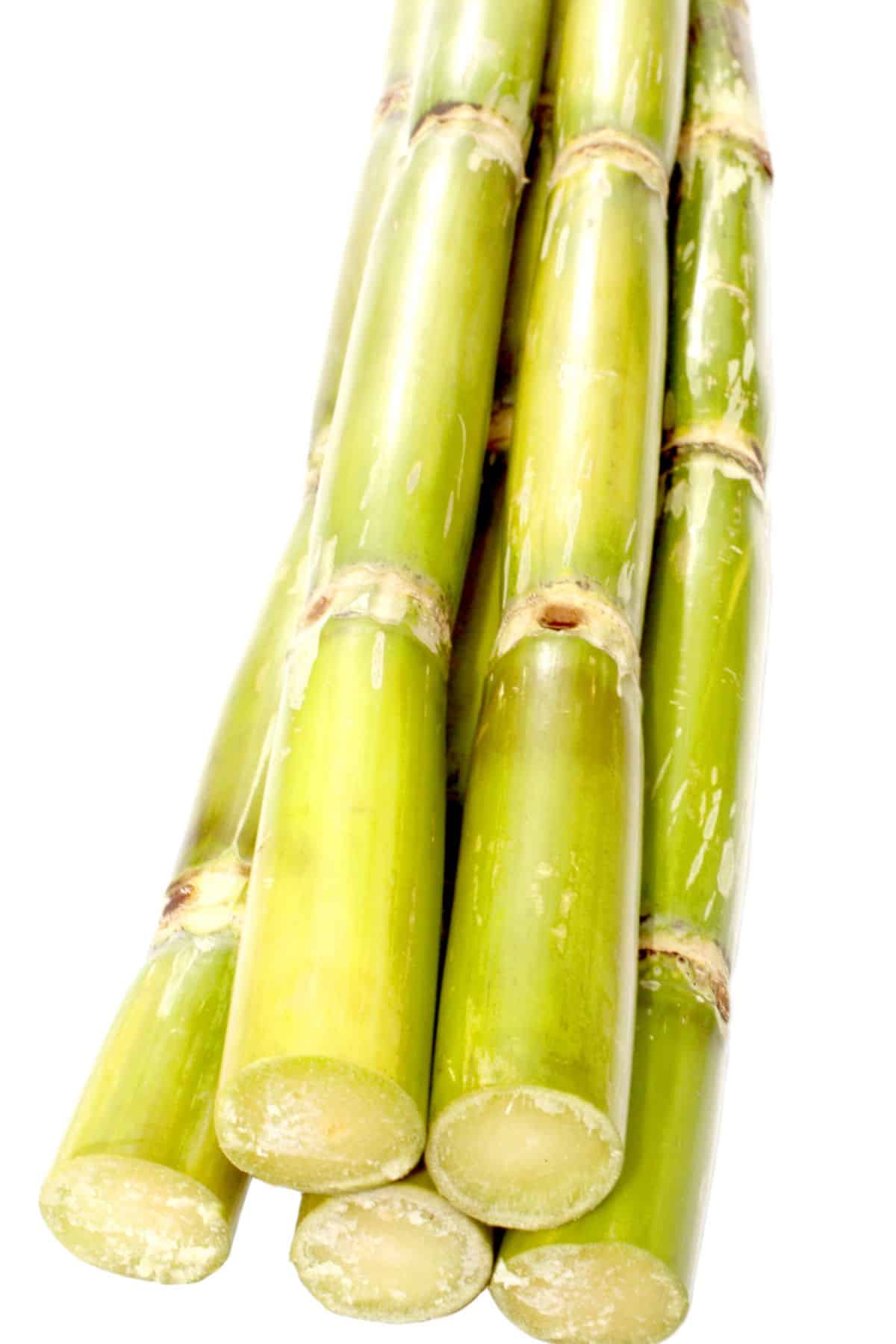The Science Behind Cane Sugar Processing: Exactly How Sweet Taste is Fine-tuned
The Science Behind Cane Sugar Processing: Exactly How Sweet Taste is Fine-tuned
Blog Article
An In-Depth Guide to the Environmental Effect and Sustainability Practices in Walking Cane Sugar Handling
The ecological effect of cane sugar handling provides a complex selection of difficulties that warrant cautious examination. From dirt deterioration and excessive water use to the carbon footprint linked with growing and production, the effects of typical methods are far-reaching. What details methods can be executed to strike a balance in between productivity and ecological stewardship?
Introduction of Cane Sugar Processing
Walking cane sugar processing involves a collection of methodical steps that transform sugarcane right into polished sugar. At first, harvested sugarcane is carried to processing centers, where it goes through cleaning to get rid of soil and particles. Following this, the cane is squashed to extract juice, which is after that cleared up by removing contaminations with heating and the enhancement of lime.
The clarified juice undertakes evaporation, where water is eliminated to concentrate the sugar material. This focused syrup is then taken shape with air conditioning, allowing sugar crystals to create. These crystals are separated from the staying syrup utilizing centrifugation, causing raw sugar. To accomplish polished sugar, the raw product undertakes further purification procedures, which may consist of filtering and cleaning to remove staying contaminations and color.
The last item is after that dried out and packaged for circulation. Throughout this entire process, keeping efficiency and high quality control is necessary to make certain the sugar meets industry standards. Each step in cane sugar processing not only adds to the end product yet additionally has effects for source usage and waste generation, establishing the phase for conversations on sustainability and ecological effects connected with sugar production.
Environmental Challenges of Production
The production of walking cane sugar offers numerous substantial ecological difficulties that warrant interest. One primary issue is the comprehensive use of agrochemicals, including plant foods and pesticides, which can bring about soil degradation, biodiversity loss, and contamination of local water resources. The runoff from sugarcane fields typically carries these chemicals right into neighboring ecosystems, interfering with water life and impacting the health of areas reliant on these water bodies.
One more challenge is the high power usage connected with sugarcane processing. The boiling and refining phases require significant warm, mainly created by shedding nonrenewable fuel sources, adding to greenhouse gas discharges. Additionally, the large land area needed for sugarcane growing can lead to logging and habitat devastation, additional intensifying environment modification and threatening wild animals.
Furthermore, the labor techniques in some regions elevate honest issues, as workers might encounter inadequate working problems and insufficient wages. This situation usually bolsters a cycle of hardship in local communities. Cane Sugar Processing. Addressing these ecological obstacles is critical for establishing much more lasting practices in walking cane sugar production, inevitably benefiting both the setting and the neighborhoods entailed in this industry
Water and Land Usage Influence
Water resources and land application are important components in the walking stick sugar industry that dramatically affect the environment. The farming of sugarcane requires significant water input, with estimates suggesting that it can eat up to 2,000 litres of water per kilo of sugar produced. This intensive use water often causes deficiency of local water resources, influencing not only the sugarcane vineyards yet also bordering environments and areas that count on the exact same water resources for agriculture and domestic usage.

Moreover, land use for sugarcane growing can lead to deforestation and the conversion of all-natural habitats right into monoculture plantations. This method lessens biodiversity, disrupts regional ecosystems, and adds to dirt destruction. The development of sugarcane fields typically encroaches on useful farming land, creating competition for sources in between food and biofuel manufacturing.
Sustainable methods, such as maximizing watering strategies and applying plant turning, are vital to alleviate these influences. By adopting much more effective water use and land monitoring strategies, the cane sugar market can minimize its eco-friendly impact, ensuring a balance between agricultural efficiency and ecological conservation.
Greenhouse Gas Emissions
Greenhouse gas exhausts stand for a considerable environmental worry within the cane sugar processing sector, especially as agricultural methods broaden to fulfill international need. The farming of sugarcane, a plant that flourishes in exotic environments, counts greatly on artificial plant foods and pesticides, which add to nitrous oxide emissions. Additionally, land-use changes, including logging for brand-new sugarcane haciendas, launch carbon dioxide kept in greenery and soil.
Throughout processing, energy intake is an additional significant source of greenhouse gas emissions - Cane Sugar Processing. Several sugar mills use fossil fuels to power machinery useful source and create warm, leading to considerable carbon impacts. Moreover, the transportation of raw sugarcane and finished items adds layers of exhausts via fuel burning in automobiles
The advancing result of these discharges intensifies climate adjustment, positioning risks not just to the environment yet likewise to the long-term feasibility of the industry. Stakeholders need to recognize the immediate requirement for comprehensive approaches that deal with these exhausts. This includes assessing existing agricultural techniques, processing approaches, and transportation systems to recognize areas for enhancement and reduction. Attending to sites greenhouse gas emissions is necessary for fostering a much more sustainable walking stick sugar market in a transforming climate.

Sustainable Practices and Innovations
Lasting practices and innovations are progressively important in the walking cane sugar processing industry as stakeholders seek to lower ecological effects while maintaining performance. One significant innovation is the implementation of incorporated crop monitoring, which optimizes source usage by integrating dirt management, bug control, and crop rotation strategies. This method improves return while reducing chemical inputs and maintaining soil health and wellness.
Moreover, the adoption of renewable resource sources, such as biomass from sugarcane deposits, has actually acquired grip - Cane Sugar Processing. By transforming waste products into power, refining facilities can minimize their dependence on fossil fuels, consequently decreasing greenhouse gas emissions
Water administration techniques have also seen enhancements via the recycling and reusing of water in processing plants, considerably minimizing freshwater intake. Developments in innovation, such as accuracy farming, enable farmers to keep track of plant wellness and source usage better, making certain sustainable cultivation practices.
Furthermore, accreditation programs like Fair Profession and Rain forest Partnership urge eco liable farming practices and advertise social equity within the supply chain. By welcoming these sustainable practices and developments, the walking stick sugar processing industry can enhance its resilience and contribute positively to additional info environmental stewardship.
Conclusion
The environmental impact of cane sugar handling offers substantial obstacles, consisting of dirt deterioration, high water consumption, and greenhouse gas emissions, alongside ethical concerns connected to labor practices. Resolving these concerns via lasting methods, such as integrated plant monitoring, eco-friendly power adoption, and water recycling, is vital. By promoting socially equitable and environmentally responsible approaches in sugar manufacturing, the market can reduce its adverse results, making sure a much more sustainable future for both neighborhoods and environments associated with this field.
Walking stick sugar processing entails a series of methodical steps that change sugarcane into refined sugar. Each action in cane sugar handling not only adds to the final item however additionally has ramifications for source usage and waste generation, setting the phase for discussions on sustainability and ecological impacts linked with sugar manufacturing.
Greenhouse gas emissions stand for a considerable ecological worry within the cane sugar handling industry, specifically as agricultural techniques broaden to fulfill global need.Sustainable techniques and developments are significantly crucial in the cane sugar handling industry as stakeholders look for to lower environmental influences while maintaining efficiency.The ecological impact of walking stick sugar handling presents considerable obstacles, including soil destruction, high water consumption, and greenhouse gas discharges, along with ethical worries connected to labor methods.
Report this page